This collection, located on the west end of the Discovery Barn, demonstrates a variety of plants that are drought-tolerant, require no pesticides or fertilizers, and are mostly native to Florida. By incorporating these environmentally-friendly (Florida-friendly) plants into a landscape, we help protect Florida’s unique natural resources by conserving water, reducing waste and pollution, creating wildlife habitat, and preventing erosion. Be sure to also check out the Sandhill Restoration Demonstration Garden to see more Florida native plants.
- American beautyberry (Callicarpa americana)
- black-eyed susan (Rudbeckia hirta)
- blanketflower (Gaillardia pulchella)
- blue porterweed (Stachytarpheta jamaicensis)
- coontie (Zamia pumila) (Z. floridana)
- coralbean (Erythrina herbacea)
- dotted horsemint (Monarda punctata)
- dune sunflower (Helianthus debilis)
- Elliott’s lovegrass (Eragrostis elliottii)
- longleaf pine (Pinus palustris)
- lyreleaf sage (Salvia lyrata)
- partridge pea (Cassia chamaecrista)
- saw palmetto (Serenoa repens)
- Simpson’s stopper (Myrcianthes fragrans)
- Southern magnolia (Magnolia grandiflora)
- Southern red cedar (Juniperus silicicola)
- spiderwort (Tradescantia spp.)
- tickseed (Coreopsis leavenworthii)
- tropical sage (Salvia coccinea)
- Walter’s viburnum (Viburnum obovatum)
- wild coffee (Psychotria nervosa)
- wild petunia (Ruellia caroliniensis)
- wiregrass (Aristida stricta)
Sandhill Restoration Demonstration Landscape
On September 1, 2013, volunteers from the Tarflower Chapter of the Florida Native Plant Society began the process of reintroducing sandhill species into the Garden’s upland pine ecosystem. This is one of several planned plantings to reintroduce native species and increase the overall diversity of plants, which will improve habitat for wildlife, research opportunities, and enjoyment for visitors.
The initial planting area is located along the bicycle trail on the southeast side of the park, includes an understory of turkey oaks, Chickasaw plums, and saw palmettos. Herbaceous species include lopsided Indiangrass, splitbeard bluestem, wiregrass, blazing star, greeneyes, gopher apple, and yucca. Peak flowering time for the herbaceous species will be late summer and fall. The plum trees are deciduous and will flower profusely in early spring before leafing and fruiting. The turkey oaks will provide late fall and winter color before a brief dormant, leafless period.


